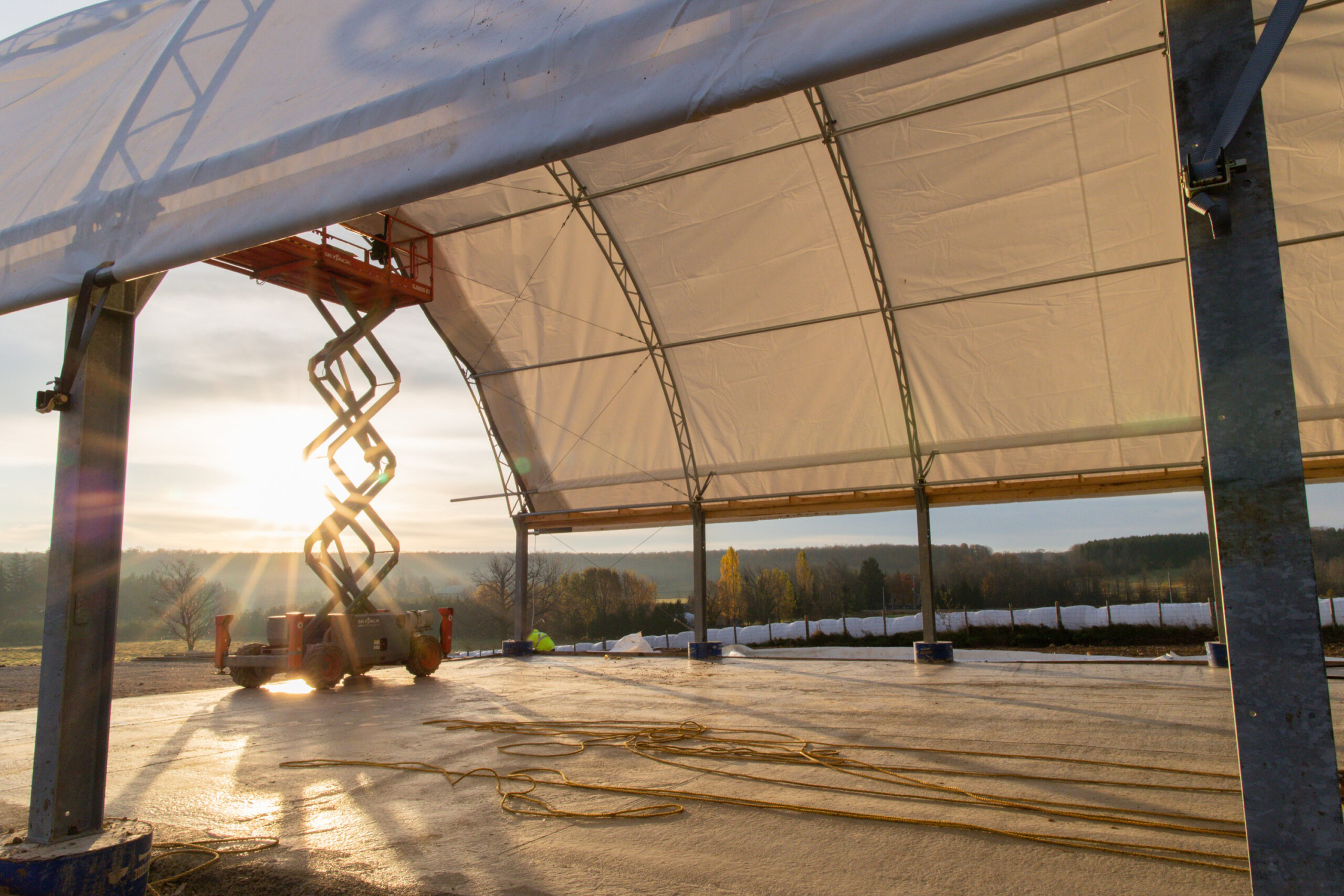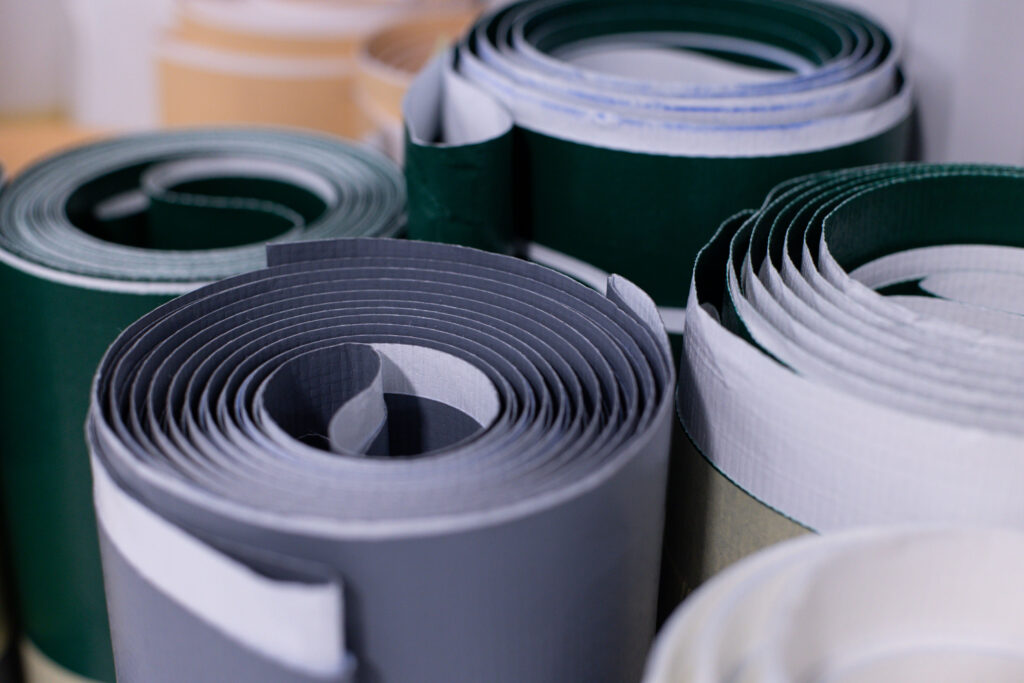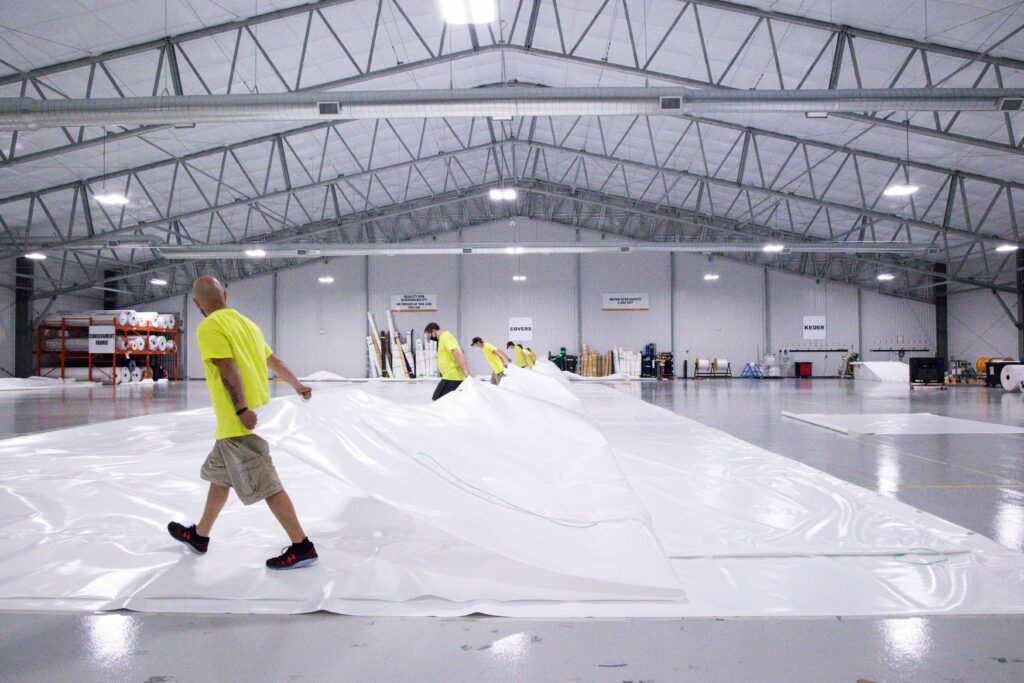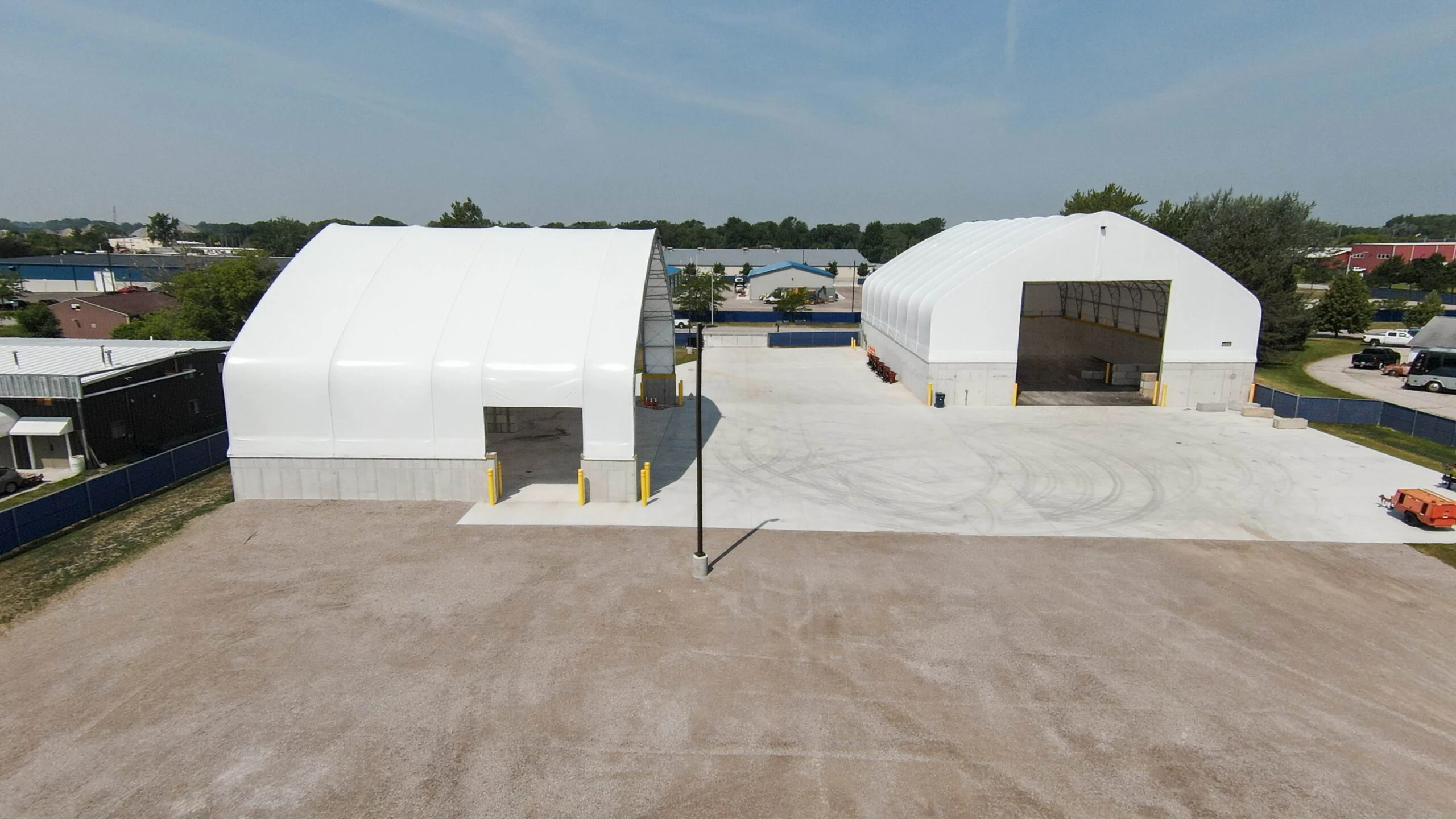The Properties, Applications, and Environmental Impacts of Polyethylene Fabric

Polyethylene fabric, sometimes called PE fabric, offers impressive benefits in numerous settings, including warehouses, grain storage, and even cattle production facilities. When choosing materials for these environments, durability matters, as does flexibility of use and overall cost for installation. Yet, it is also important to consider the overall impact on the environment.
Polyethylene fabric properties and applications provide numerous benefits across various industries and businesses. Consider how Britespan building styles and material use impact the outcome for managing your space needs.
Understanding the Key Technical Properties of Polyethylene Fabric for Building Applications


As you consider polyethylene fabric properties and applications, note that these are proven structures, used across a variety of climates and with different use cases. That means you have ample ability to customize them to fit your objectives.
What Are the Benefits of Polyethylene Fabric?
Polyethylene fabric is prized for its combination of strength, durability, and weather resistance. Its lightweight yet tough nature makes it ideal for fabric buildings that need to withstand harsh conditions while providing long-lasting protection and flexibility in design. When used for your commercial spaces, this fabric offers numerous benefits simply because of the material itself in the construction of building envelopes:
- Strength-to-weight ratio: Even with custom solutions, polyethylene fabric in fabric buildings offers an improved strength-to-weight ratio that can be stronger than other materials. At the same time, it is very lightweight, making it possible for these structures to fit into a carefully designed building envelope.
- Tear resistance: These are working structures, which means they are often in some of the most challenging environments. One of the benefits of polyethylene fabrics is that they are highly tear-resistant. It takes a great deal of pressure and force to cause the fabric to weaken, and even longer for structurally concerning tears to develop.
- UV resistance: When you invest in Britespan fabric buildings with polyethylene fabrics, they are UV resistant, which means they do not break down like other materials and can continue to function optimally longer.
Polyethylene Fabric in Action: Diverse Applications Within Britespan Fabric Buildings
Polyethylene fabric properties and applications are quite versatile. Polyethylene benefits enable custom solutions for virtually any industry application. One of the core uses and benefits of this material is that it is a tensioned membrane used on both walls and roof structures. The durability of polyethylene materials is profound, making it the ideal solution for these sensitive environments.
The unique properties and uses of polyethylene fabrics in our structures enable the creation of clear-span spaces, enabling nearly limitless design options to fit any specific use of space. With its resistance to tears and durability overall, it can provide large, open interiors and contribute to fabric buildings’ unique form and function across all industries. When you consider polyethylene vs. other synthetic fabrics in this way, it provides a clear advantage, allowing you to create a structure that will last, is easy to maintain, and is not limited by internal columns.
How Does Polyethylene Compare to Other Fabric Building Materials?

You have numerous product options to choose from when it comes to creating your next warehouse or building a structure for your business operation. We do encourage you to talk with a building expert from our team to learn more about how Britespan fabrics work to improve your operational design and enhance outcomes in your specific use case.
One of the ways to see the versatile uses of polyethylene fabric is to consider how well it stacks up against other types of materials used in fabric buildings. One of the most common alternatives for fabric buildings is the use of polyvinyl chloride, or PVC. Yet, when you compare the differences, you will see several key improvements when you use PE instead.
- Strength: PVC is certainly a strong material, but HDPE (High-Density Polyethylene) is up to 3X stronger in tear resistance, according to several standardized test methods. Its physical structure is often described as “rip-stop,” meaning it resists punctures and tearing even under pressure in demanding environments.
- UV protection: While PVC offers minimal UV resistance, HDPE has been lab-tested and field-proven to resist UV degradation—with a typical lifespan of 20+ years in outdoor applications, making it a more reliable long-term solution.
- Weight: HDPE is significantly lighter than other structural membrane options, which simplifies handling and installation. This also reduces design constraints and streamlines the building process—resulting in faster project timelines and fewer complications onsite.
- Durability: Our HDPE fabric is engineered for long-term performance. While both PE and PVC can be durable, HDPE offers an extended service life, reducing the frequency and cost of re-cover services—a major benefit for long-term operational planning.
- Versatile use: PE can be used in a wide range of applications, from building animal barns to road salt storage. This versatility makes it ideal for a variety of environments, providing the same level of functionality and performance.
- Cost-effectiveness: PE betters PVC in several ways in this area—and with most other types of fabric building membranes. It is more affordable to purchase outright, meaning it will cost less as your initial investment. It also requires fewer frequent repairs and limited maintenance. Additionally, replacing it down the road is more cost-effective when you need to do so.
- Environmental impact of polyethylene fabric: Most companies today need to consider the environmental impact of any product they use, and HDPE supports those goals. Our HDPE is non-toxic and free of harmful vinyl phthalates, which have been shown to negatively affect human and animal health. It is also more environmentally friendly over its lifespan, but it’s important to understand how materials are recycled or repurposed to ensure responsible end-of-life disposal.
The advantages of polyethylene are clear. For most of today’s industries, costs matter, quality matters, and ensuring the least amount of work in maintenance defines bottom lines. Take a moment now to learn more about us at Britespan, and the careful planning and innovative solutions we have built to provide industries with a better, clear-span solution they can rely on, thanks to polyethylene fabric properties and applications.
As a business, we know you need to make the best possible decisions. Start with a conversation with our team. You can request a quote or set up a consultation to discuss how well these products fit your needs.

